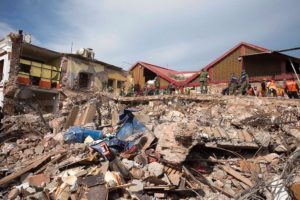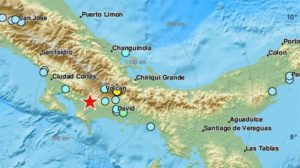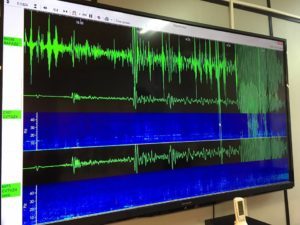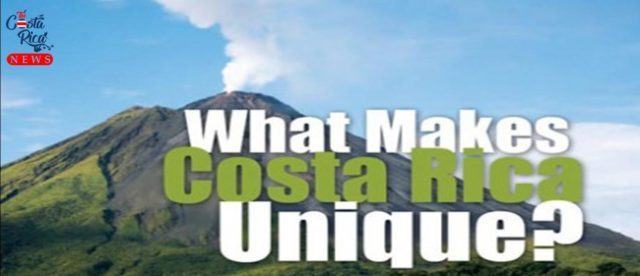
No matter how jaded one can be, when the earth shakes, and shakes hard like it did this Sunday at the border between Costa Rica and Panama, will may falter. Topping 6,3 on the old Richter scale this earthquake or “temblor” was really noticeable. Although there were no casualties, several people were injured and there was serious property damages in some areas. Now that the dust has settled, take a look at some things you ahould know about earthquakes.
What’s Shaking?
British engineer John Michell identified the cause of earthquakes at the beginning of the 18th century. The surface of the Earth is divided into large blocks, called tectonic plates. They move slowly and continuously over the liquid core of the Earth. The movement is imperceptible. When the plates collide, a large amount of energy accumulates. When it is released, it travels in waves that propagate in all directions and can shake the surface. This is when earthquakes occur.
How Do We Measure Their Intensity?

There are several ways. Arguably the most popular method is based on a scale created by Charles Richter and his associate and mentor Beno Gutenberg, a well-known German mathematician and geophysicist, in 1935. It was the first scientific system that measured seismic waves. Basically it is a mathematical calculation that determines the magnitude from the logarithm of the amplitude of the seismic waves recorded by seismographs located at different distances. Although we often hear about “Richter scale” in the news, the truth is that it stopped being used about 40 years ago in exchange for better, more precise methods. Curiously, regarding the scale, Beno Gutenberg is all but lost to history.
What Does The Number Mean?
The Richter’s Scale measures how much energy is released during a tremor or earthquake. This intensity goes from 2 to a maximum of 10. So, an earthquake from 3 to 5 degrees is considered mild; from 5 to 7 goes from moderate to strong; from 7 to 8 is very strong and when it exceeds 8 degrees it is considered catastrophic. For instance:
Chile, May 22, 1960. Magnitude: 9.5 (The most powerful ever recorded in the world)
1556, Shaanxi, China, Magnitude: 8. 830,000 casualties. (The deadliest ever).
April 22, 1991, El Limón, Costa Rica. Magnitude: 7.7 (The most destructive quake to hit the country in recent times).
Will It Happen Again?

Yes. While earthquakes can happen anywhere in the world, some places are more likely to shake. One of those is the “Ring of Fire”. The Ring is a horseshoe shaped belt that encompasses three continents on the Pacific Ocean, from South America and North America to East Asia, Australia and New Zealand. It concentrates some of the most active tectonic plates and volcanoes on the planet. About 80% of all earthquakes happen there.
Costa Rica and the entire isthmus it is sitting on are part of the Ring. The country is at an intersection of tectonic plates: Coco, Caribbean, Nazca and South America. So, some will say that earthquakes are included in the package.
Can Earthquakes Be Predicted?
According to the scientific community, so far there is no effective way to predict when an earthquake will occur. As for the theories that suggest some animals can sense earthquakes and other phenomena before they start, they have failed to offer solid, reliable evidence.
What To Do

Costa Rica has an efficient eatthquake monitoring network. It is a good idea to pay attention to their instructions.
Keep calm.
Identify safe areas and, when inside buildings, stand under a doorframe or seek refuge under a strong table or desk.
Do not use elevators or stairs during the earthquake.
Stay away from windows, mirrors and glassware that can break.
Do not lean on walls.
Stay away from stoves, braziers, coffee makers, radiators or any hot appliances.
If inside a vehicle, drive calmly to a place out of danger, away from utility poles, trees, bridges and other potentially dangerous estructures.
In public places that might be full of people (cinemas, theaters, stadiums, classrooms) do not shout, do not run, go out calmly. If it is not possible to get out, stay in the seat, protect your head and neck with your arms. Most buildings in Costa Rica are built to comply with the world’s standards for anti-seismic regulations.

